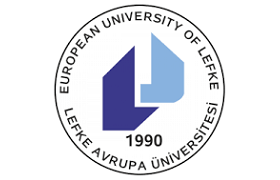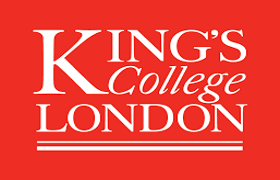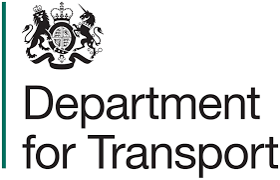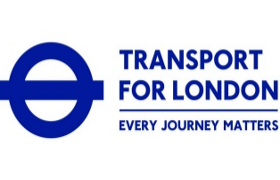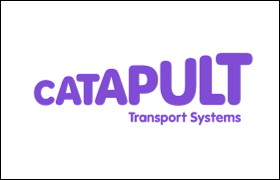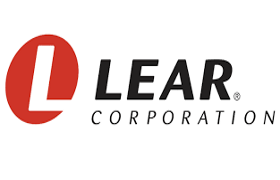Following the advent of Vehicular Ad-Hoc Network (VANET) systems towards the contribution to Intelligent Transport System (ITS) making available the access to infotainment (i.e., Information and entertainment) which includes important applications and services crucial to improvement of safety on both major and minor roads as long as transportation is involved.
There has been so much attraction of commercial interest but current researches are yet to effectively consider the real life scenarios and setbacks which have to do with the effective allocation or management in data exchange. There has been a recent phenomenal burst of research activities in connected vehicles, which use advanced information and communication technologies to connect vehicles with various devices, infrastructures, services and participants. Connected vehicles have been envisioned to provide enabling key technologies to enhance transportation efficiency, reduce incidents, improve safety and mitigate the impacts of traffic congestions. The potential of connected vehicles has been acknowledged with the establishment of ambitious research programs around the globe.
In VANET, the transfer of data is carried out majorly with the assistance of the multi-hop technology where by moving vehicles act as the data carriers. So far, in previous researches, the path loss model used has been “free space path loss model”. This research focuses on the study of the available path loss models, understanding them and explaining why they are not totally appropriate for VANET systems. Free space path loss works to some extent depending on the location of the RSUs. For free space path loss to be used, the RSUs have to be placed on high building far above the ground to fully maximize the propagation range. VANET system is more useful on the major roads and high road. What happens in such locations where there are no tall buildings to place the RSUs and also in locations where the line of sight is greatly affected i.e., Urban areas? This is the more reason why there has to be more study done on the available propagation models to enable certain readjustments to be made to suit the purpose of serving VANET on the highways and this research focuses on doing this with the use of Matlab and purely mathematical calculations.
VANET - Vehicle Ad-Hoc Networks Research group at Middlesex University
Latest posts by VANET - Vehicle Ad-Hoc Networks Research group at Middlesex University (see all)
- Latest news ! Awarded Contracts +! Congratulations to the MDX stars ! - November 4, 2017
- Full Coverage Map of the MDX Extended Connected Vehicle Testbed – A41/M1 (Motorway) - October 25, 2017
- MDX Extended VANET Testbed – A41/M1 (Motorway) – You have been VANETed is back….!!! - December 4, 2016

